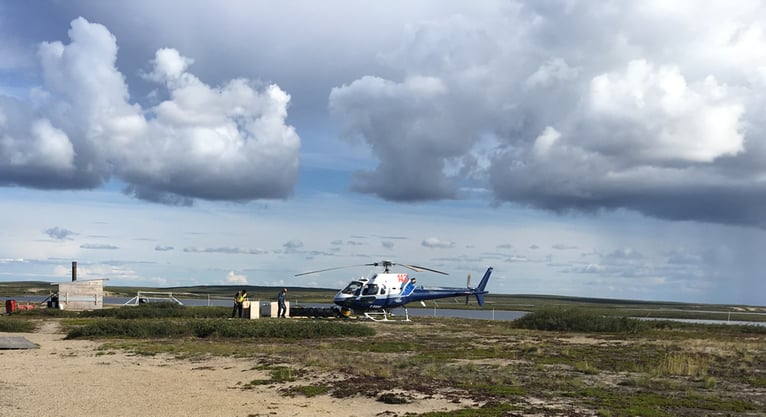 All geophysical survey data, be it ground or airborne, contains errors. The objective of quality control is to ensure that the usability of the survey results is not impacted by these errors and that the data noise remains below set thresholds.
All geophysical survey data, be it ground or airborne, contains errors. The objective of quality control is to ensure that the usability of the survey results is not impacted by these errors and that the data noise remains below set thresholds.
In airborne surveys, these “errors” may be the result of:
- geophysical system – e.g. GPS dropouts, spikes in the geophysical data, system drift, system lag, calibrations
- survey procedures – e.g. altitude deviations, flight line deviations, turning too quickly at the end of line, aircraft compensation
- environmental – e.g. culture – roads, powerlines, diurnal fluctuations, sferics (atmospheric lightning discharges)
Besides the data collection, quality control also extends into the reduction of these survey datasets. Here the errors may be the result of:
- incorrectly applied geophysical system corrections - drift, lag, heading, primary removal (EM)
- incorrect filtering – e.g. noise removal – spikes, culture, over or under filtering
- levelling / microlevelling – has the levelling removed real or added false features
- derived products – for instance, vertical derivatives, Decay Constant, Conductivity – was the product derived correctly
- presentation – final products – e.g. maps, grids, databases, correctly located, correctly labelled
Ronacher McKenzie Geoscience is experienced in data quality control of airborne systems and can help you achieve optimum results from your survey data. If you’re considering or planning an airborne geophysical survey, set up a Discovery Call with us. We look forward to hearing about your project and discussing how we could help you achieve your objectives.



